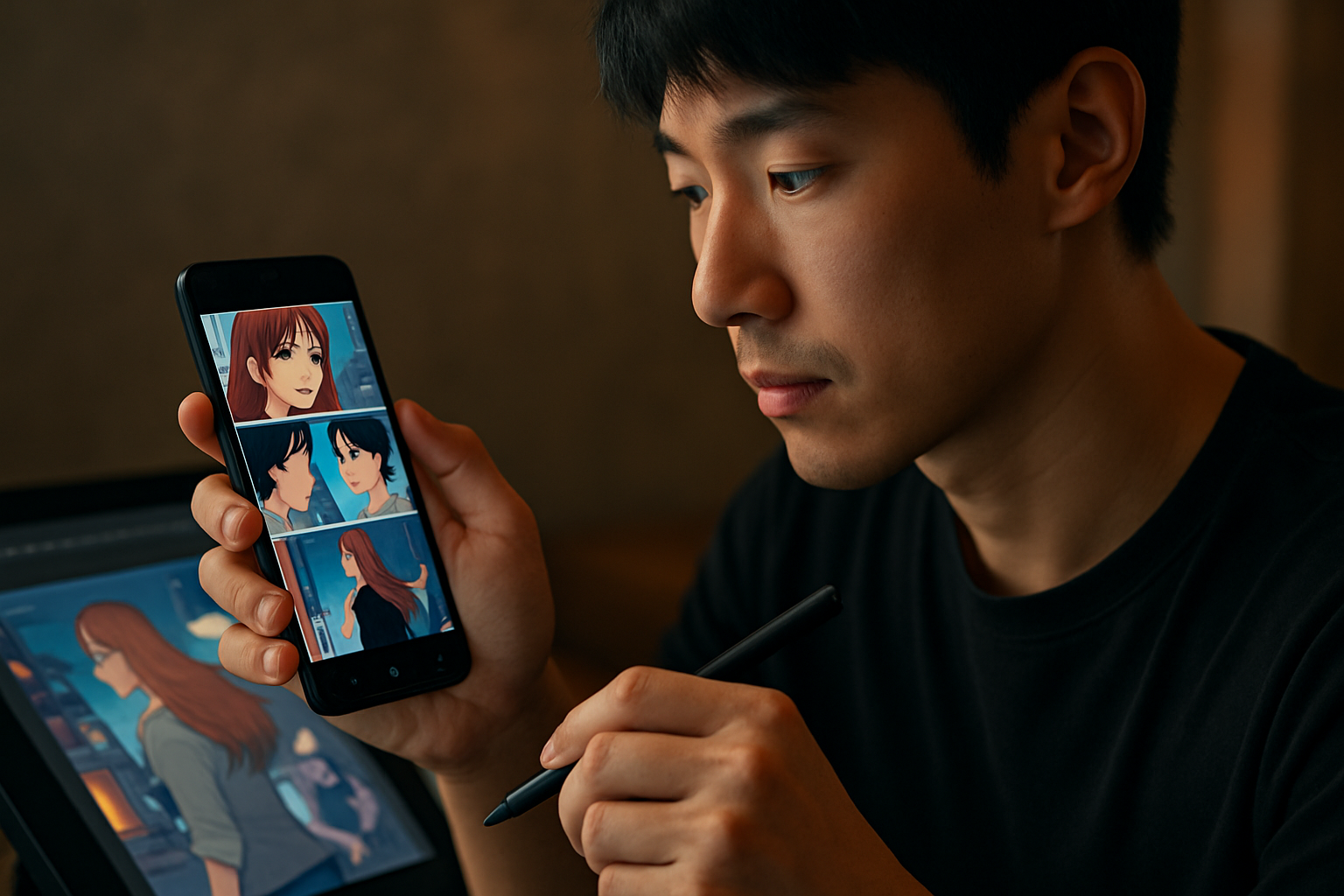Consumer Electronics: Understanding Stylus and Tablet Technology
Many contemporary consumer electronics blur the line between pen and screen, enabling more natural writing, sketching, and precise input. Tablets combined with a digital stylus have become tools for artists, students, and professionals because they translate hand motions into digital strokes. This article explains core concepts, how pen input works, and what to consider when choosing a device for drawing and note-taking.

What is a digital stylus?
A digital stylus is an input device designed to simulate the feel and function of a traditional pen or pencil while interacting with a tablet or touchscreen. There are broadly two types: passive capacitive styluses, which rely on a finger-like conductive tip, and active styluses that include electronics to communicate pressure, tilt, and button presses to the tablet. Active styluses typically require pairing or power, and they can support features such as pressure sensitivity, palm rejection, and programmable buttons. Understanding these distinctions helps users pick the right tool for handwriting, detailed illustration, or general navigation.
How does a pen work on a tablet?
When you use a pen on a tablet, the device translates physical inputs into digital data. In capacitive systems, the screen senses the conductive tip much like a finger, while active pen systems send signals (often wirelessly) that the tablet interprets as position, pressure, and angle. Pressure sensitivity measures how hard the tip is pressed and typically affects line thickness and opacity in drawing apps. Latency, or the time between motion and on-screen response, and sampling rate influence how natural the interaction feels. Modern tablet and pen combinations strive to minimize latency and increase sampling rates to make drawing and handwriting feel closer to traditional media.
Tablet technology for drawing
Tablet technology varies by display type, digitizer method, and software support. High-resolution displays and wide color gamuts make rendered strokes more accurate and visually rich, while the digitizer layer determines how the tablet detects the stylus. Many tablets use active digitizers that allow for high pressure levels, tilt detection, and low-latency input designed specifically for drawing. Software integration is also important: drawing apps must interpret pressure, tilt, and stylus buttons to provide features like dynamic brushes, smoothing, and stroke stabilization. For artists, a combination of accurate color, responsive input, and suitable software creates the most effective drawing experience.
Choosing the right pen and stylus
Selecting a pen or stylus depends on use case and device compatibility. For casual note-taking or simple annotations, a basic capacitive pen may suffice. For detailed art, look for active styluses that offer higher pressure sensitivity levels, tilt recognition, and replaceable nibs for different textures. Ergonomics—weight, balance, and grip—affect comfort during long sessions. Battery life or charging method matters for active pens: some use replaceable batteries, others recharge via USB or magnetically while attached to the tablet. Assess the tablet’s supported protocols and ensure the pen’s features are supported by the apps you plan to use.
Compatibility and connectivity in devices
Compatibility between pen and tablet can be determined by the digitizer technology and communication protocols used. Some tablets use proprietary active pen standards, while others support industry protocols or generic Bluetooth accessories. Bluetooth connectivity can enable extra features like shortcut buttons or firmware updates, but it may introduce pairing steps and the need to recharge. Additionally, operating system and app support influence what features are functional—pressure sensitivity or tilt may be available in some apps but not others. When evaluating a device, verify that the tablet, stylus, and software ecosystem are compatible and that drivers or firmware updates are accessible in your region or through local services.
Conclusion
Pen and tablet combinations in consumer electronics continue to evolve, offering increasingly natural and precise input for note-taking, productivity, and creative work. Understanding the differences between passive and active styluses, the role of digitizer technology, and how software interprets pressure and tilt helps users choose a setup that matches their needs. Prioritizing compatibility, ergonomics, and the specific drawing or writing features required will lead to a more satisfying and efficient digital experience.






